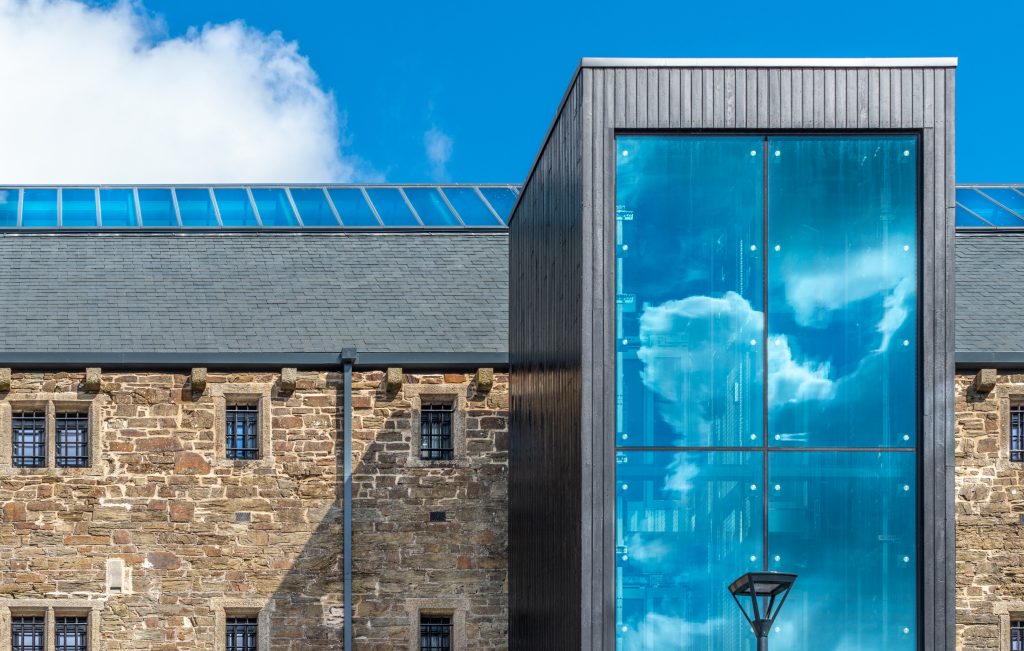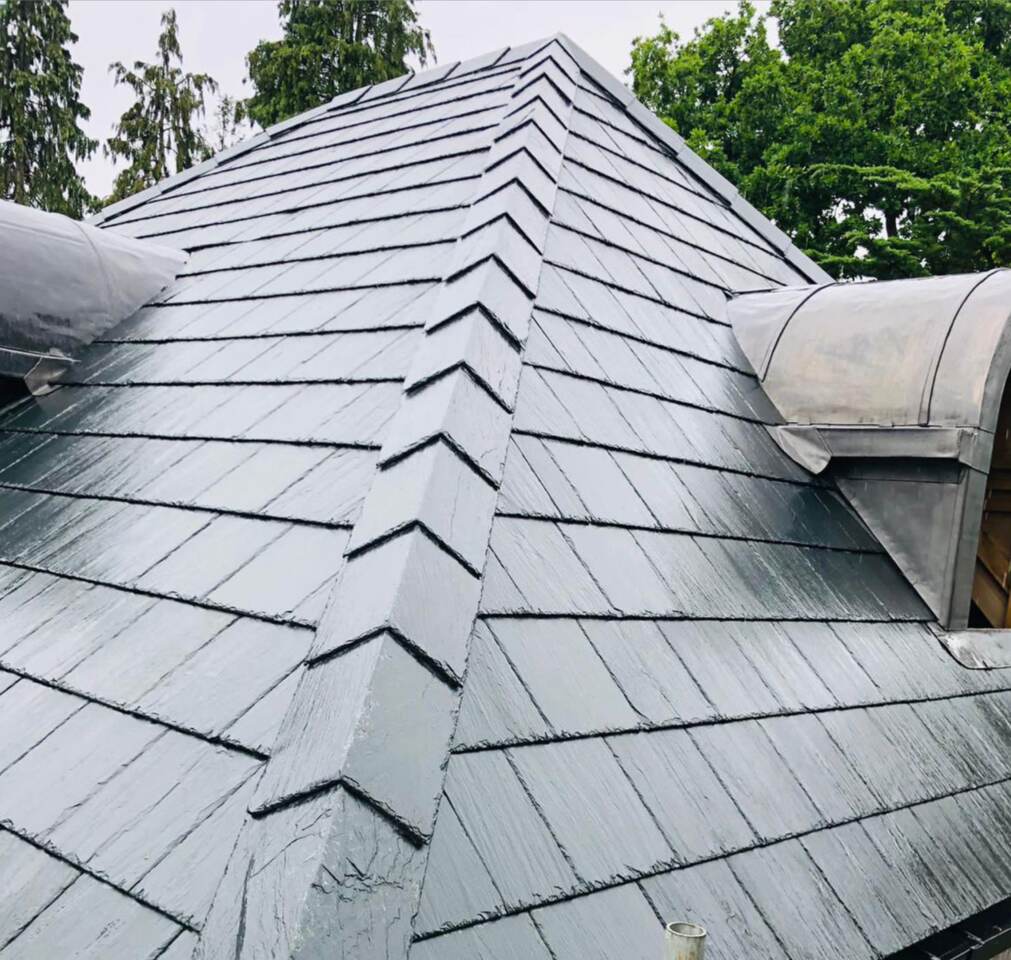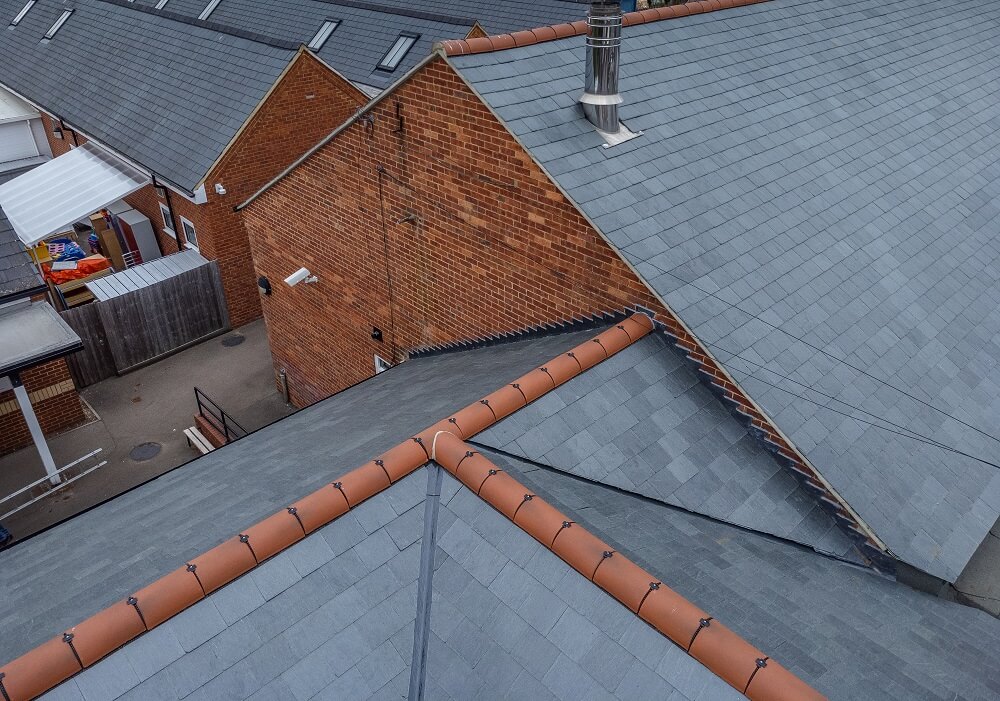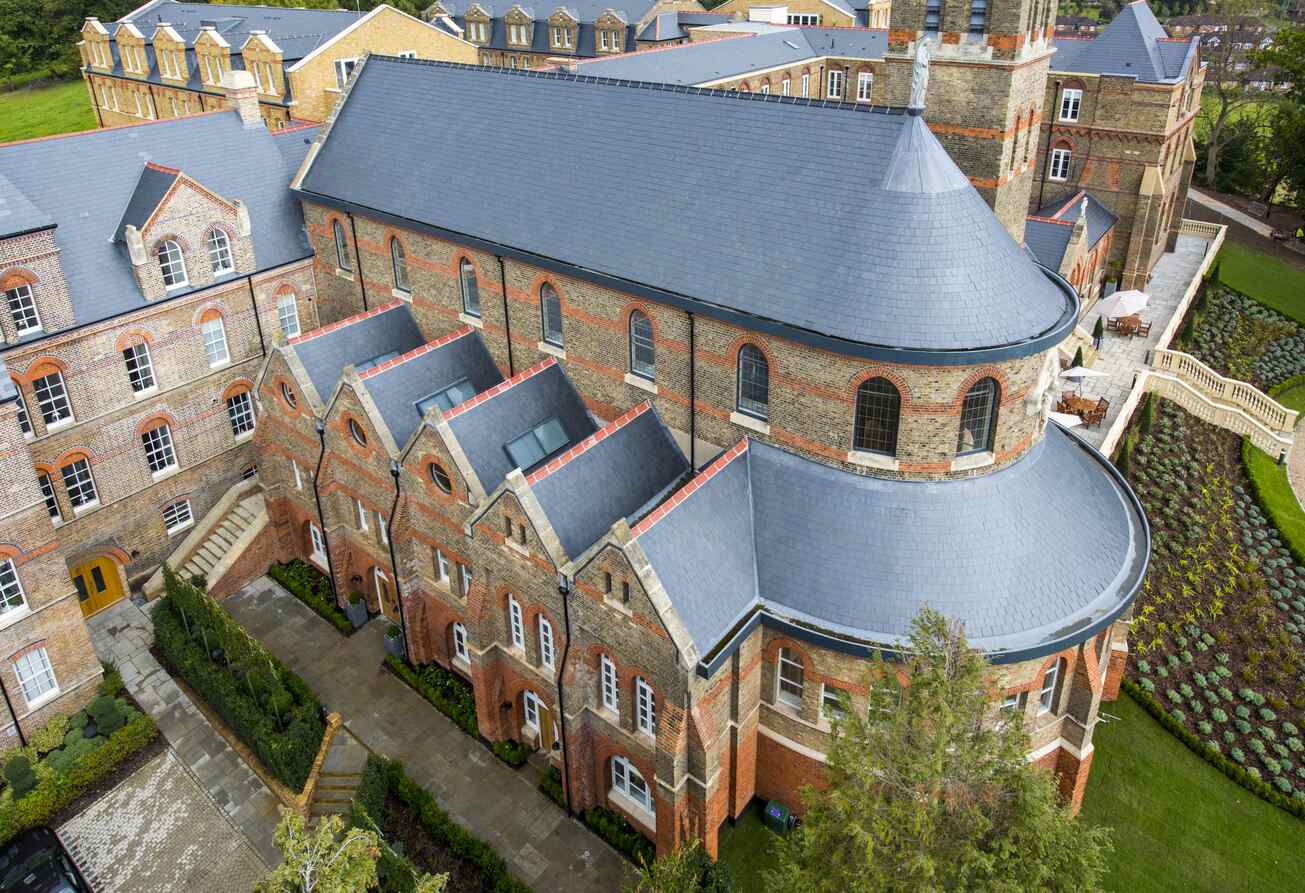
Richard Cook of SSQ examines non- combustible roofing materials, and their pros and cons.
Combustible. Once, it was a word you’d rarely if ever hear outside construction or architectural circles.
But today, it’s one that’s entered the popular consciousness in a big way.
Combustibility, in the most serious cases, can mean the difference between life and death- and it’s therefore an extremely positive development that local authorities, private contractors and even the general public are finally taking this vital issue much more seriously.
So if you’re looking to specify a non-combustible roofing product on your next project, what are your options?
The good news is there’s quite a few. The less good news is that a lot of these have drawbacks you need to be aware of.
Pros and cons
Asphalt tiles are extremely common, because they deliver non-combustibility at a very cheap price – but they’re also highly susceptible to weather damage.
Metal roofs are popular in some contexts – they’re lightweight and easy to install. But they’re also extremely noisy in bad weather, and prone to dents.
Clay and concrete tiles are widely used, but are brittle and susceptible to cracks, with concrete in particular being heavy and difficult to install.
Man-made roofing materials like clay and concrete also have a big environmental impact.
To make clay tiles, kilns are kept burning 24 hours a day. Ceramic and porcelain tiles are even worse- the kilns have to be at higher temperatures.
This accounts for major differences in carbon intensity between different roofing materials.
Concrete tiles create 0.19kg of CO2 per kilogram. Clay tiles are worse – they produce 0.43kg per kilo. Natural slate, by contrast, produces far less-between 0.005-0.054kg per kilo.
A natural solution
At SSQ, when it comes to non-combustibility, we think natural materials are best.
To be cleared for use above 18 metres, products have to meet a range of different accreditations, but one of the most important is BS EN 13501-1.
To pass it, products are put through up to five tests, which assess their performance when it comes to combustibility, how likely they are to produce smoke, and help a fire spread.
Once the test is complete, the products are given three different ratings – one representing how combustible a product is (A1 to F), one how much smoke it would produce (s1, s2 or s3), and one representing how many flaming particles or droplets it would produce (do to d2).
Natural slate and phyllite, however, don’t have to pass these tests, because their non-combustibility has been so widely and conclusively established.
Approved Document B of the Building Regulations states: “roof covering products (and/or materials) defined in Commission Decision 2000/553/EC of 6 September 2000, implementing Council Directive 89/106/EEC, can be considered to fulfil all of the requirements for the performance characteristic ‘external fire performance’ without the need for testing”.
Despite the UK’s departure from the European Union, the particular EU Directive referred to above is still in force – and it lists natural slate as one of the materials exempt from testing due to its long-established outstanding fire performance.
All SSQ’s natural slate can therefore be used wherever non-combustible roofing products are required.
Speak to SSQ
If you’re looking for an outstanding roofing product that excels on all fronts – including, crucially, fire safety – speak to us today.


